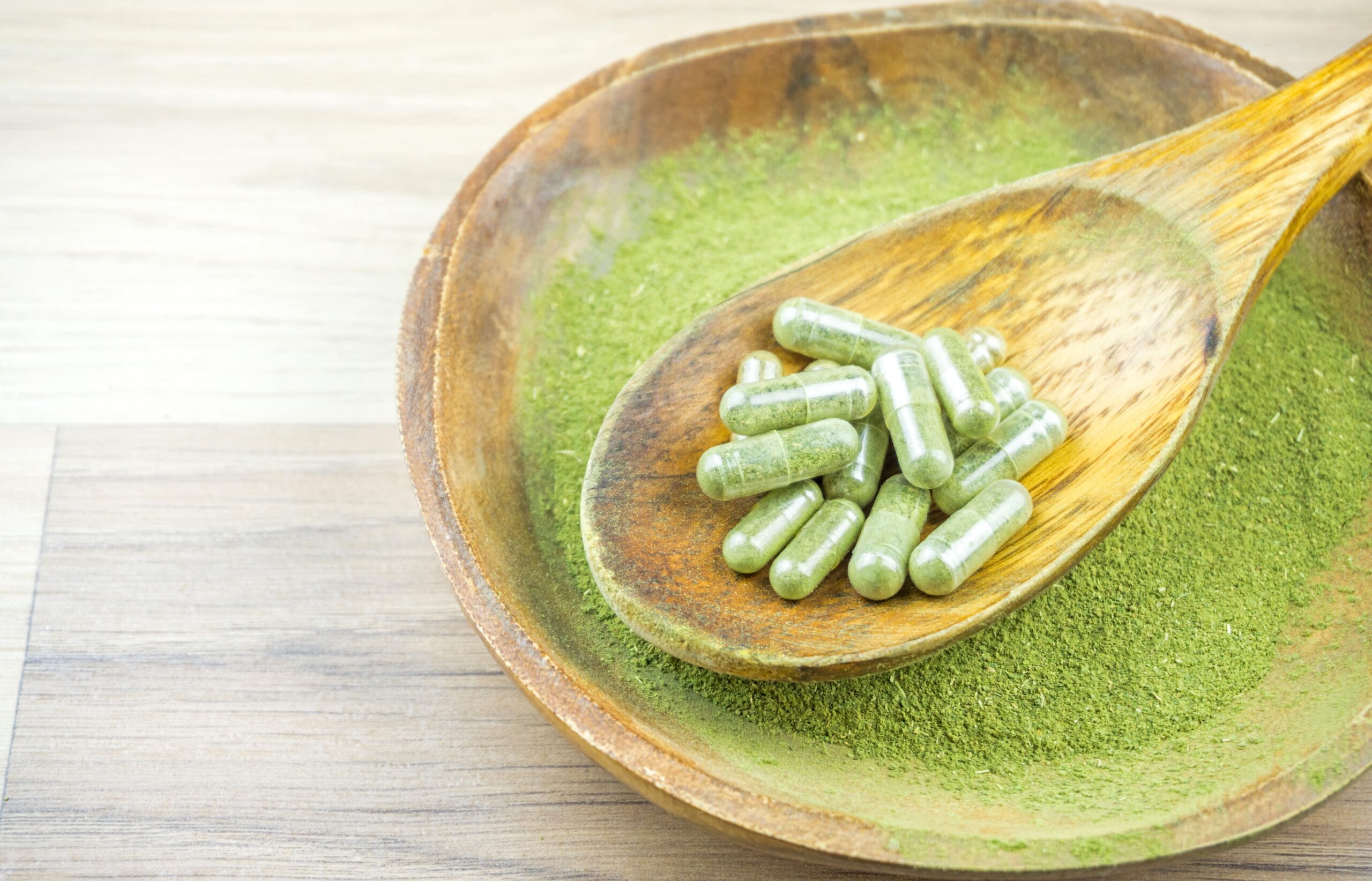- 4 Oct 2025

In the realm of natural wellness, Kratom and CBD have emerged as two powerful plant-based options for those seeking relief from pain, anxiety, and mood disturbances. While each has carved out its own space in the world of alternative medicine, an increasing number of users and researchers are exploring the synergistic effects of combining kratom and CBD. But is this herbal pairing effective—and more importantly, is it safe?
This article explores the potential benefits, risks, and science behind the duo, and offers practical insights for those considering this combination.
Natural remedies have seen a resurgence as people turn away from pharmaceutical medications due to side effects and dependency issues. Among the rising stars are kratom, a tropical tree native to Southeast Asia, and CBD (cannabidiol), a non-psychoactive compound derived from the hemp plant. Each offers distinct benefits—but what happens when you combine them?
Kratom (Mitragyna speciosa) is a plant from Southeast Asia known for its alkaloids, particularly mitragynine and 7-hydroxymitragynine, which interact with opioid receptors in the brain. At low doses, kratom may act as a stimulant, enhancing energy and focus. At higher doses, it tends to deliver sedative and analgesic effects, making it a popular choice for chronic pain sufferers.
CBD (cannabidiol) is one of over 100 cannabinoids found in the Cannabis sativa plant. Unlike THC, it does not produce a high. Instead, CBD is well-known for its anti-inflammatory, anxiolytic, and neuroprotective properties. It’s widely used to manage chronic pain, anxiety, depression, epilepsy, and even insomnia.
| Factor | Kratom | CBD |
|---|---|---|
| Source | Kratom tree (Southeast Asia) | Hemp plant |
| Psychoactivity | Mild to moderate at high doses | Non-psychoactive |
| Main Uses | Pain, energy, mood boost | Pain, anxiety, inflammation |
| Legal Status | Varies by region | Federally legal in the U.S. |
| Interaction with Brain | Binds to opioid receptors | Interacts with ECS (endocannabinoid system) |
Though different in action, both substances help regulate pain and mood, making them a natural pair to explore for holistic well-being.
While kratom primarily acts on opioid receptors, CBD works by influencing the endocannabinoid system (ECS). This difference in mechanism is key—when combined, the two may complement each other rather than compete.
CBD may balance the stimulating or sedating effects of kratom, reduce kratom-related side effects (like nausea or jitteriness), and even enhance its calming properties, especially for anxiety and mood disorders. This is often referred to as a synergistic effect—where the combination is greater than the sum of its parts.
Both kratom and CBD have pain-relieving properties, but they do so via different pathways. Combining them may offer stronger, longer-lasting relief, especially for those dealing with chronic pain, arthritis, or nerve-related issues.
CBD is renowned for its anti-anxiety and antidepressant-like effects, while kratom is often used for its mood-lifting and energizing qualities. Together, they may help users feel more emotionally balanced.
Some users report nausea or jitters from kratom. CBD may help counterbalance these effects, making the overall experience smoother and more tolerable.
Both kratom and CBD are used as natural alternatives to help wean off opioids. Combined, they may ease withdrawal symptoms, reduce cravings, and promote mental stability.
Note: Always consult a doctor when using kratom or CBD for substance withdrawal support.
While many anecdotal reports highlight positive outcomes, it’s important to recognize the potential risks:
Lack of regulation: Kratom is not FDA-approved, and CBD products can vary in quality.
Drug interactions: Both can interact with medications, especially those affecting the liver.
Dependency: Kratom can be habit-forming when used excessively.
Unknown synergy: There’s limited clinical research on combining the two.
Always start with low doses and consult a healthcare provider, especially if you have underlying health conditions or take prescription medications.
There’s no universal dosage for either kratom or CBD, but here are general starting points:
Mild dose: 1–2 grams (for energy/focus)
Moderate dose: 2–4 grams (for mild pain relief)
High dose: 5–6 grams (sedative effect; use caution)
Low dose: 10–20 mg daily
Moderate dose: 20–40 mg
High dose: 50+ mg (for chronic pain or severe anxiety)
Start with half your usual dose of each.
Space them out by 30–60 minutes to observe effects.
Track your reactions in a journal.
Research into kratom and CBD individually is growing, but combined studies are still limited. However, early research into CBD’s anti-inflammatory and neuroprotective effects is promising. For example, a Harvard Health article discusses CBD’s potential in treating anxiety, insomnia, and pain without the psychoactive effects of THC.
Meanwhile, studies on kratom highlight its ability to reduce pain and elevate mood, though experts warn of its addictive potential. More clinical trials are needed to confirm the safety and effectiveness of combining these two natural compounds.
Kratom and CBD each bring powerful benefits to the table—but when combined, they may offer enhanced support for those managing chronic pain, anxiety, or mood disorders. However, this synergy comes with caution due to limited research and potential side effects.
If you’re considering using kratom and CBD together:
Do your research
Start small
Consult a healthcare professional
Used mindfully, this natural duo could be a game-changer in your wellness routine.